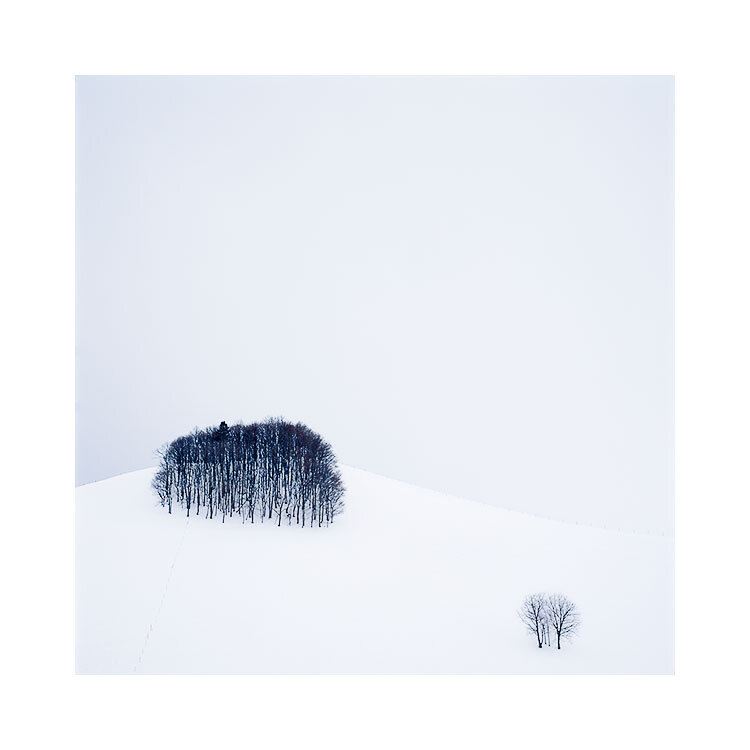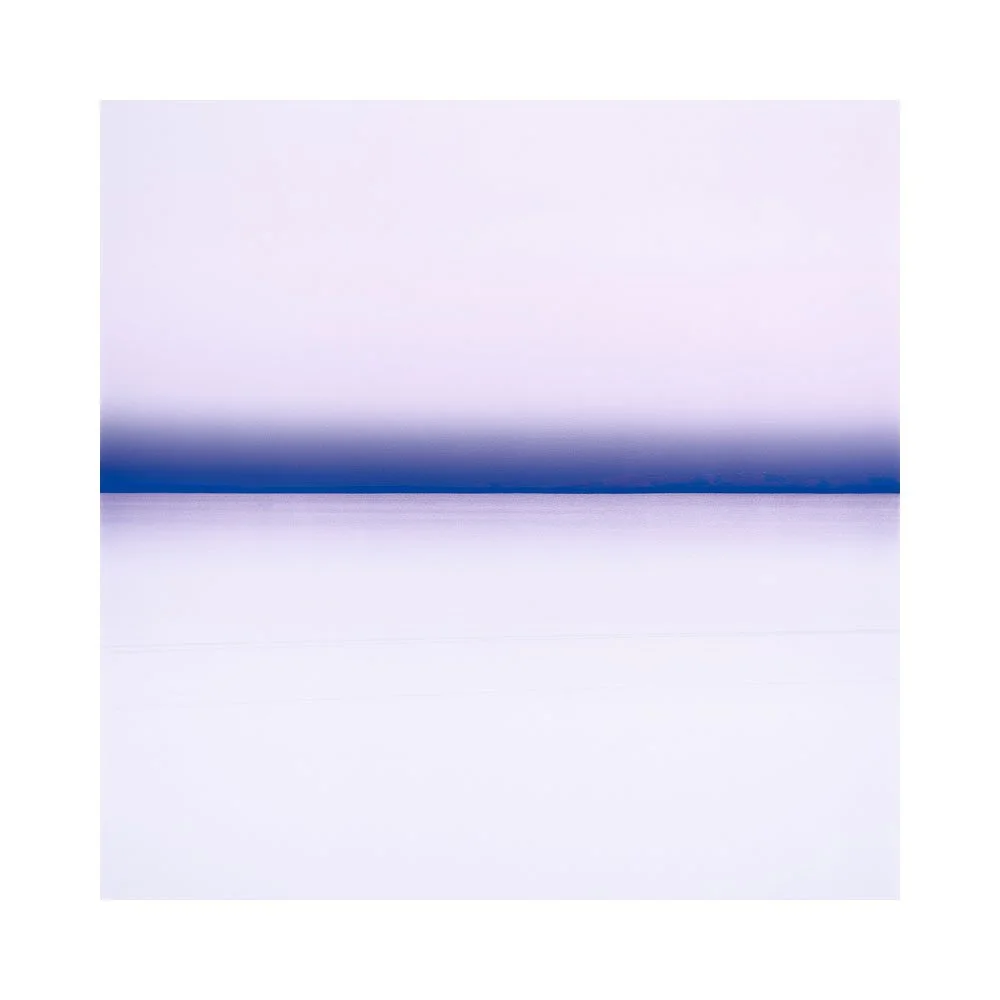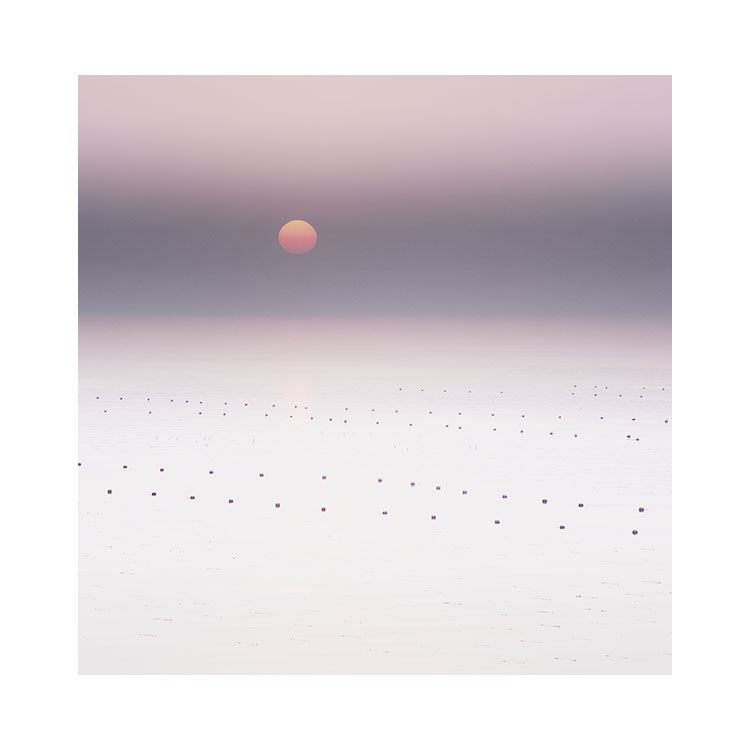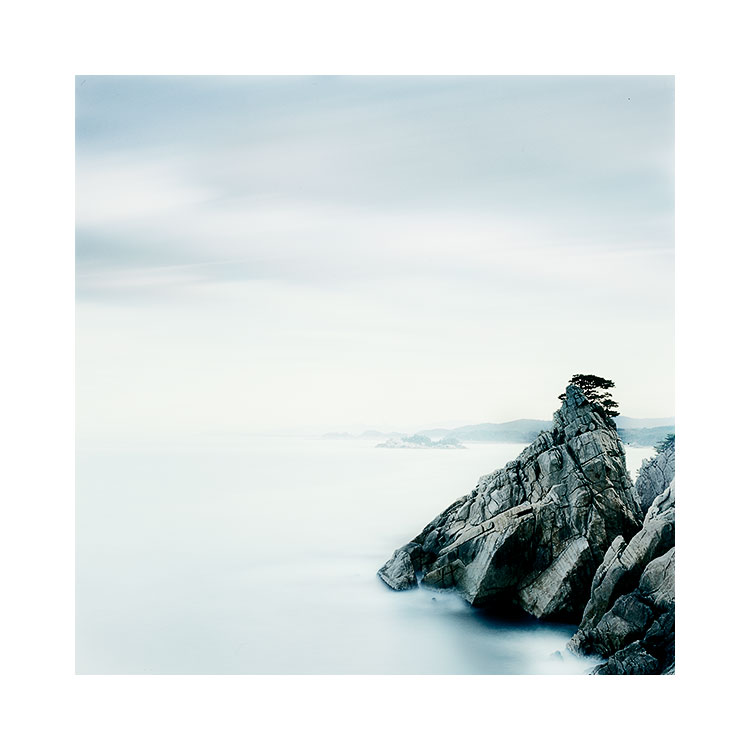The only thing I have learned for sure over my creative time as a photographer, is that there is always much more to learn.
The dunning-kruger effect describes how realistic we are about our abilities over our creative life.
I show this to point out a few things:
confidence in your abilities is not linear as your experience improves.
You can be very confident but know little. In essence, you think you’re better than you really are. I believe this is a protection mechanism at the start of learning something new. Otherwise we would all quit.
You can be low in confidence when your ability is high; although you are creating good work, you’re more critical of it.
Few of us get to ‘expert level’. Despite us all wishing to get to this level, the real fun is in the journey of exploring where our creativity will take us.
In my view, I am always looking for balance in my creative life. I am always hoping to attain a level where I can objectively be right about what I’m doing. The truth is, I have brief moments when I feel I can accurately evaluate my output, and that is where we should all be. If we are growing, then we should have periods of being lost as we find ourselves in new territory.
As someone who is a ‘teacher’ (I prefer guidance instructor), as I often find myself just giving folks permission to try out what they didn’t know they already knew, I’m aware of the different levels in participants handle on their own abilities.
I’ve met folks who lack a lot of confidence and yet their work is really good,. Conversely. I’ve met folks who think they know more than they actually do. I think the later is very common, because in order to not give up, we have to think we’re doing better than we really are.
It can be a little frustrating dealing with someone who’s opinion of their abilities is out of step with where they truly are, but that is the nature of progress: we start off by thinking we know more than we actually do. It is only with experience that we realise how little we actually knew when we first started out.
With regards to my own personal development, if I’m honest, I am always discovering how little I know. Every year I look back at older work and realise ‘man, I thought I really knew this, but I still have a long way to go’.
This should be for all of us - our norm. We should always be looking back at our earlier work and thinking we have done better since.




































































